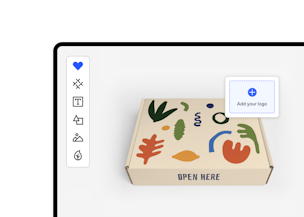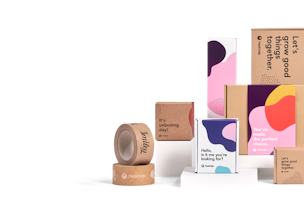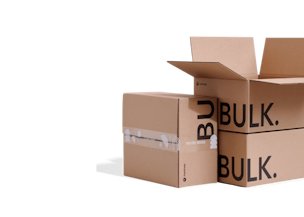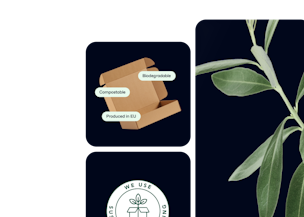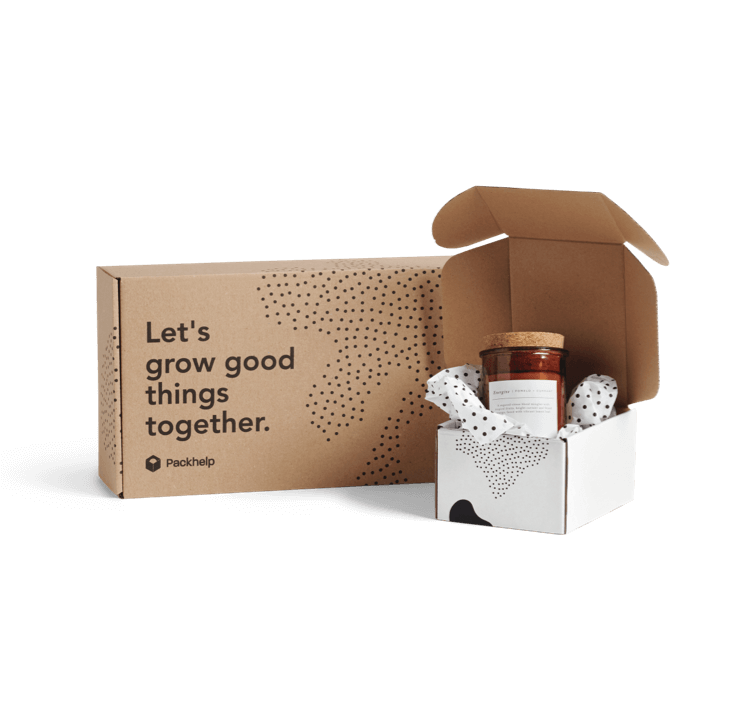Ecommerce Order Tetris: 7 Tips for Better Product Packaging

Subscribe to stay updated
You're now subscribed!


Is your ecommerce order box generating sales or killing your margins? It’s time to think inside the box for a better business.
Customers spend all their time trying to get at the ecommerce order inside the box, but it’s about time businesses start focusing on using better product packaging. That little magic container may be the best thing for you to optimize in a variety of ways to increase the success of your sales.
It can be a difficult concept to start with, especially in the ecommerce order world. For example, fitting more products in one package can seem daunting or unlikely to do much. However, we helped one client lower their packages per order by 22%, by just using better product packaging, therefore, cutting the amount they will have to spend on supplies and shipping costs.
That’s just one area, and we’d like to share 7 with you for a bit of a better understanding of how order fulfilment is the heart of a good business.
#1 A Giant Box for a Tiny Product
What got us thinking about this problem wasn’t just that we could brag a little about helping our customers out. It was getting yet another giant box in the mail, only to find it contained a tiny product and a foot of packaging filler.
It’s annoying for the person who receives the product, and it wastes money for the company that ships it. These are the two worst things an ecommerce business can do. So, in your effort to not be that guy, we present you with a few thoughts to consider.
Keep perspective close as you read it. You want to think from both the customer and the business owner in each step, so that you gain the monetary savings and maximize the cosmetics designed that can make ordering from your company better.
Match Packaging to the Product
First up in our specific considerations is the purpose of the packaging for each product. Divide the goods you sell into appropriate categories.
We suggest starting with two foci: branded packages for the sake of unboxing and utility packages designed to keep products safe.
Let’s start with the simpler option.
Utility packaging is what we all have come to expect when we order something online. It’s a standard cardboard box filled with peanuts, packaging paper, shred or bubble bags. You want something to get from point A to point B safely.

Review as many of these options as possible and test them with local and long shipping to see how they stand up for your customers. You’ll also want to check out regulations for where you’re shipping from — some cities and municipalities are now banning the Styrofoam peanuts.
Branded packaging is designed to look like your company, from logos on top to bottom and everything inside.
It allows your customer to determine where the right side to open is, and then moves them through the paces as they unwrap and unpack each piece in their ecommerce order.

You’ll quickly discover why ecommerce brands trying to make a name for themselves are adopting this all over the world.
If you want some examples of what this means, how it looks, and why customers enjoy it, just check out an unboxing video on YouTube. You can start with this unboxing video of a Birchbox subscription.
Optimize Materials for Travel
We mentioned a few distinct types of packages and filler in the section above. Each option provides the necessary protection for various kinds of products. Some options are a better fit for certain types, and we’ve got a quick little chart here to help you figure that out.
Here are a few ideas that might be able to help you understand what your best-fit packaging material is:
- Polystyrene packing peanuts - Fragile items, glass, and sealed electronics.
- Packing paper - Bulky items that may spill, oils, paints, cosmetics, and when an item is too small for its box.
- Shredded cardboard or paper - Clothing, textiles, fabrics, paper, books, and other items that are unlikely to be damaged in transit.
- Bubble bags or wrap - Small jewelry and fragile items, electronics, books, and hardy items with enamel paint.
- Packaging foam - Breakables such as dishes and china, cameras, microphones, and small electronics, machinery and components, heavy or sharp items that can damage the box if they move around too much in transit.
- Padded dividers - Small pouches, items sold in sets, jewelry, beads and other sewing items, small glass, and items that could scratch each other.
- Custom cushioning - Flagship products that are easy to secure. This is more about making a statement with the box and may use any combination of the above items, though packaging foam usually allows the easiest customization that secures a product in place.
Along with all that is the tape and wrapping that you can use too. They help you manage and secure everything on its own inside the box as well as the box itself. Today, it’s easy to get branded tape and packing tissue too.
Did you know that you can customise your packing tape? Click here to get a quote!
That’s a simple and effective way to keep your branding alive and well.
Amazon does this with its boxes as well as its tape too. We can all learn a lesson from the master.
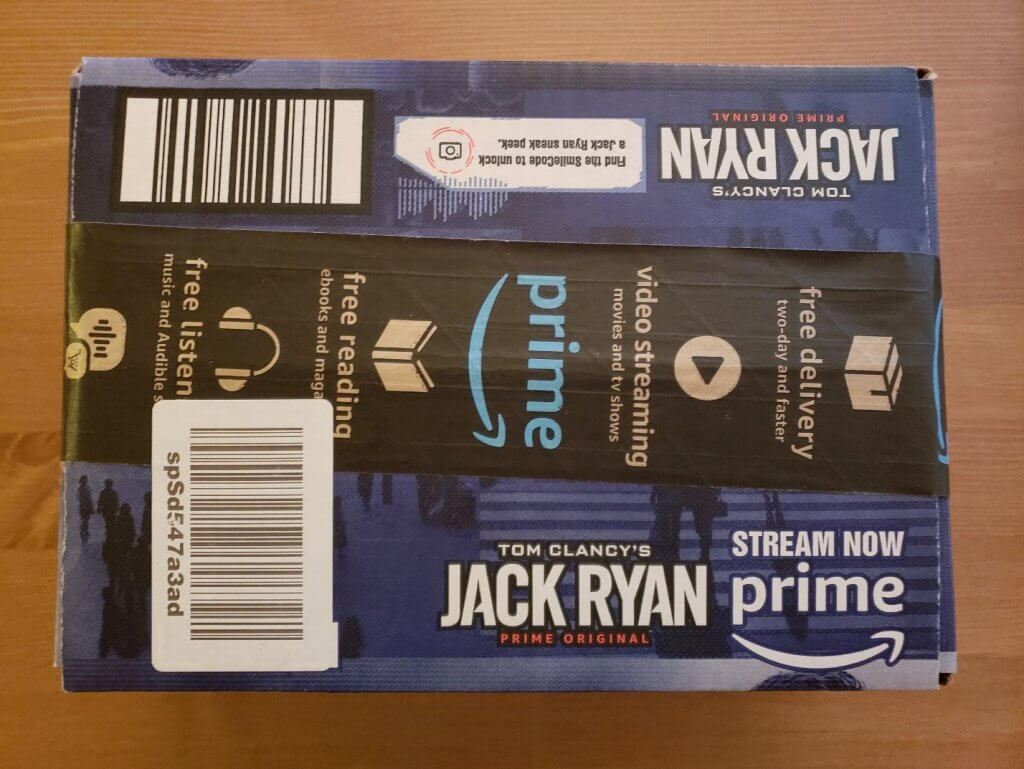
Try Folding or Custom Boxes
Sometimes your warehouse is going to want to get things out of the door right away. That makes perfect sense.
But, what if you don’t have the right box?
What if everything is a bit too big?
We know you don’t want to send a tiny product in a huge box, so you need an alternative.
Folding boxes are some of the best alternatives around. Stockpile these beautifies and then cut them to the specific size you need when you need it.
They typically won’t be as nice as a fashionable box, and you may need to cut materials to fit in them as well, but they’ll save you significantly in a pinch.

The best part about the standard folding box is that it’s durable, even after cutting. These will protect your goods and keep you running smoothly.
Machine cuts are best to ensure it all looks nice and that they’re easy to measure and verify for your carriers. These cuts should give you the dimensions clearly, allowing you to properly price and choose the best carrier at the best price.
Custom boxes are a separate approach to always being ready. If you’ve got a certain box for each main product or package, then you can avoid running out by restocking boxes whenever you restock products.
Match these levels (with a few extra of each), and you’ll protect yourself from having to ship the wrong thing in the wrong box.
Giant warehouses can struggle with custom box matching, but any single ecommerce store should have an easy time of it. Smart software that tracks inventory levels can help you track these too, giving you an extra bit of protection.
Standardize Your Packaging
If you’re looking to fit more products in each box, so that you can make kits or have to send fewer boxes out the door when a single customer makes a big order, then you might want to look at how individual goods are packaged. If you can get the direct packaging around your products to get it to uniform sizes and shapes (think the little boxes that go inside the big shipping box), then you can buy shipping boxes large enough to hold your average ecommerce order.
Control and narrow the options here to have your best chance at fitting every product in an order in a single box. Plus, you can measure it with the box in mind to know how much of each product that a box can fit. This will give you a quick idea of how much filler you’ll need to protect everything if someone only orders 8 items and your box fits 10.

Standard packaging for your individual items as well as the shipping boxes can make all of your ordering and inventory easier. That’s a big win for any ecommerce store, and it makes the Tetris aspect of filling boxes and orders significantly easier.
You’ve likely seen some companies do this with the kits they send out each month, usually as subscription boxes, where the monthly or quarterly box is always the same dimensions and the products selected are chosen to fit inside of it.
Create a Weight Log
Having a handle on the size of boxes that you’re shipping is smart, but you don’t want to overload a box with too many items.
Overburdening can lead to an increased weight that increases your shipping costs, especially if you’ve got goods going to international markets.
Knowing and tracking the weight of your packages and average ecommerce orders can help you determine what to pack together and what to ship separately. You might even have the chance to limit the materials you use, further cutting down costs.
You might also face some requirements and limits as you move into different markets with your goods. Learn the dimensions of your products, including their weight, and you are best positioned to ensure your orders are shipped at their most affordable rate.
While we put this section after the note on customized boxes, the data here can help your decisions for those boxes. You might want a custom box or two per country or play to the lowest common denominator to simplify as much as possible.

For the weight log of products, it can also be helpful to list out the weight limitations for boxes, packaging materials, carriers, and countries too. More data helps.
Turn to Software
Standardized packaging comes with very specific dimensions, as does that new weight information you gathered too. You can standardize and prioritize in a wide range of ways, depending even on the specific order and where it’s headed. That’s too much for anyone unaided if you’re working with a large operation.
The boon is that there’s plenty of software available to do all that configuration and concern for you — unless you want a 3PL company to manage things. We focus on the U.S. and make a wide array of promises about how we can help, including saving clients on how many packages they use for each order.
Software helps us do that. It can help you too. Reach out to a 3PL like us or someone in your area and industry to find out some of the considerations you might want to make too. Your warehouse management system can automate many of these processes, even if you’re on a tight budget. It’s about finding the right guide and learning the right questions to ask.
Approach vendors with your specific needs, data, and costs. Most are willing to discuss a demo that includes your own information. This might be able to show you how much you can save on an average ecommerce order or how to prioritize shipments. Have that conversation with as many vendors as you can. It’s important, useful, and will help your business grow.
Always Go Back to Unboxing
Unboxing was mentioned above, and it is the place you should end as well.
The more engaging you can make opening up a product, the more likely you are to generate additional sales. Making the box exciting touches on every aspect of the box, from a custom look to the filler itself. Considering elements such as crinkle paper give the box a bit of fun while not getting in the way of your
Plus, an unboxing focus also helps you plan for additional items to increase sales, such as coupons and small extras. You’re building a win around the box itself and then creating extra excitement for what comes next.
Unboxing content is also superb content marketing. It makes your products more searchable and builds word of mouth before your campaign can start.
Then, you can link to YouTube or photos on social media when your customers purchase it.
Planning a new product? Integrate the videos in your formal campaign launches after you send them to a few choice reviewers and gain buzz from their followers too.

It increases your reach and the potential for your sales.
Packaging is holistic. It can cut your costs in the warehouse by knowing the replenishment levels you meet and allowing you to focus on a select number of boxes and filler. It can optimize how many products you put in each box, further reducing your costs and keeping you in good graces with carriers. Designing for style and an enjoyable customer experience can build marketing and reviews and, hopefully, your ability to sell.
The box just might be the key to taking your business to the next level.
Jake Rheude is the Director of Marketing for Red Stag Fulfillment, an ecommerce fulfilment warehouse that was born out of ecommerce. He has years of experience in ecommerce and business development. In his free time, Jake enjoys reading about business and sharing his own experience with others.
